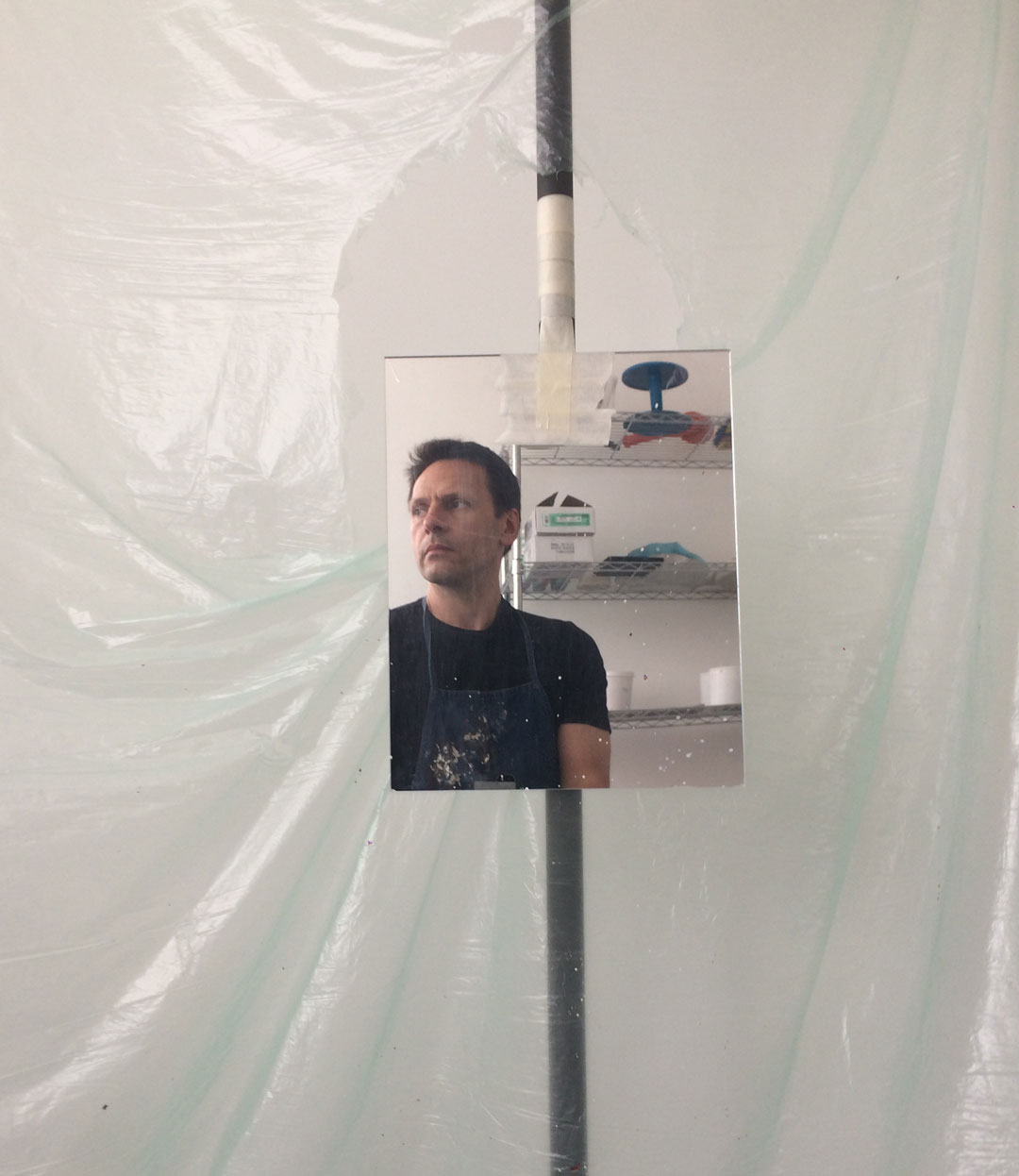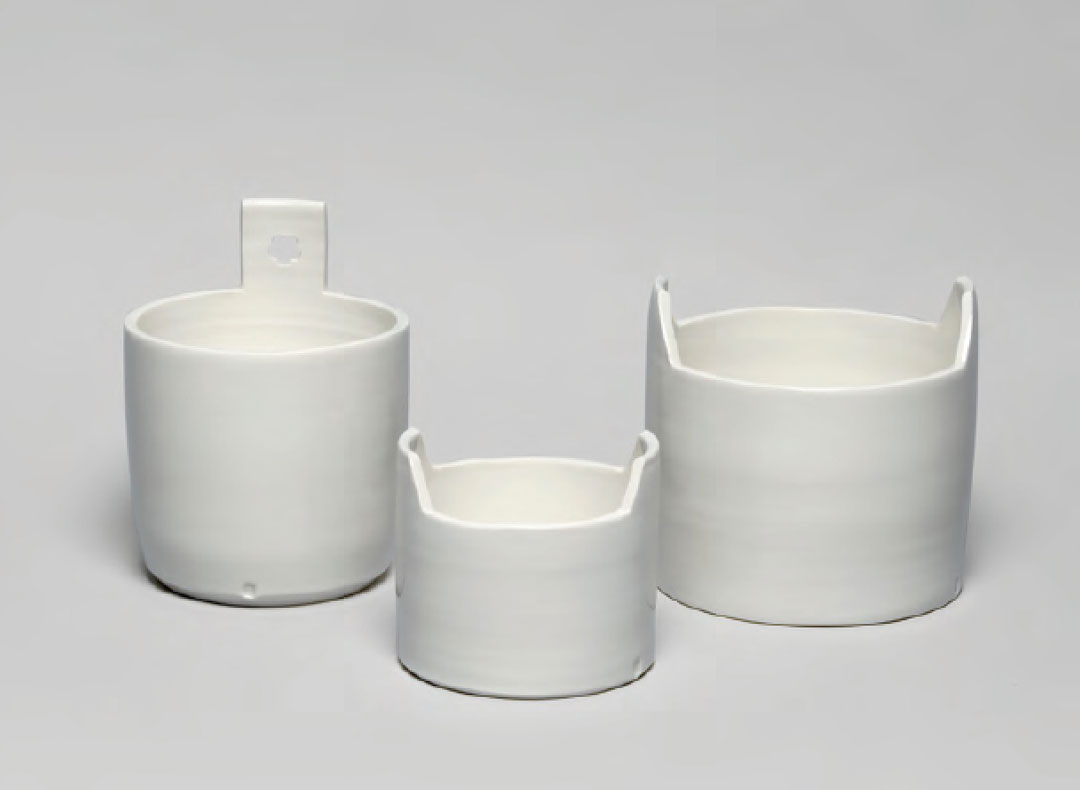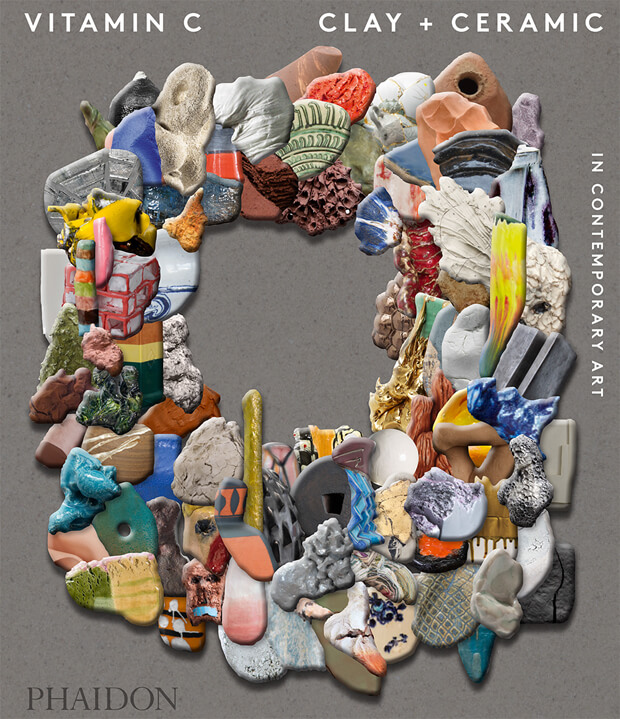
Tommaso Corvi-Mora - Why I Create
Exploring the inspirations and attitudes of artists working with clay and ceramic, featured in Vitamin C
The notion of the vessel is central to Tommaso Corvi- Mora’s work, which is informed by the long history of ceramic production, from antiquity to the modern age. Corvi-Mora has been involved in art for many years, working as a curator, writer and, most notably, a gallerist. His ceramic work, however, is a relatively recent development, beginning in 2010 with a course of evening classes. Expecting to finish after just a few months, he became so absorbed with the process that he continued, progressing swiftly from tentative experiments to an established studio practice. Positioning his work firmly within the lineage of studio pottery, Corvi-Mora embraces traditional techniques. Fundamental to his practice is the potter’s wheel, where each vessel begins to take shape. Working quickly on the wheel, intuition and a degree of spontaneity play an important role, but his works are not improvised; each piece is considered and begins life as a drawing. Here the Vitamin C: Clay and Ceramic in Contemporary Art featured artist tells us why he works in the medium, what particular challenges it holds for him and who he thinks always gets it right.

Who are you and what’s your relationship to clay and ceramics? I am Tommaso Corvi- Mora. I have worked in contemporary art since I was 19 and have run a gallery in London for well over 20 years now. The gallery programme also features ceramics, both by artists and studio potters. I have been working with clay for a number of years and my work has been included in many exhibitions, in the UK and abroad.
Why do you think there’s an increased interest around clay and ceramics right now? Artists are looking for a less mediated relationship with their own work. Having one's own work fabricated appears to be less widespread than it used to be. There is a growing interest in the handmade, in a more hands-on approach to making art. We all spend so much time in front of a screen that we look for more intimate, direct sensory experiences.
C eramics is sometimes regarded as decorative, rather than fine arts. Does the distinction bother or annoy you? In my opinion these hierarchies belong to a different era, they have no relevance today.
![Guards [detail], 2015–16 Stoneware, porcelain, transparent glaze One of sixteen parts - Tommaso Corvi- Mora](/resource/corvi2.jpg)
W hose work in this field do you admire? I am a huge admirer of Kitaoji Rosanjin. His non-hierarchical, iconoclastic approach to ceramics - accompanied by his intimate knowledge of its history - is a constant source of inspiration. I am always looking at ancient Greek ceramics: they seem familiar but are very mysterious. Their history and their appreciation over time fascinate me.
What are the hardest things for you to get ‘right’ and what are your unique challenges? I am fascinated by the challenge of using the vessel as primary means of communication, as the vehicle to understand one's place in the world and to make sense of it.
What part does the vulnerability of the material play in things? I have never considered the fragility of ceramics as an interesting topic in my own work. But you never know, this may change.
![Guards [detail], 2015–16 Stoneware, porcelain, transparent glaze One of sixteen parts - Tommaso Corvi- Mora](/resource/corvi1.jpg)
Is how you display a piece an important element of the work itself? Do you ever suggest how something might be displayed? The conditions of display are central to my understanding of ceramics and inform the decisions I take with my own work.
What’s next for you, and what’s next for ceramics? Who knows? Ceramics will always be one of humanity's primary modes of expression, whatever happens.
Clay and ceramics have in recent years been elevated from craft to high art material, with the resulting artworks being coveted by collectors and exhibited in museums around the world. Vitamin C: Clay and Ceramic in Contemporary Art celebrates the revival of clay as a material for contemporary artists, featuring a wide range of global talent selected by the world's leading curators, critics, and art professionals. Packed with illustrations, it's a vibrant and incredibly timely survey - the first of its kind. Buy Vitamin C here. And if you're quick, you can snap up work by some of the artists in it at Artspace here.
